alt
SCLT Presents Video Program on Big Goose Creek
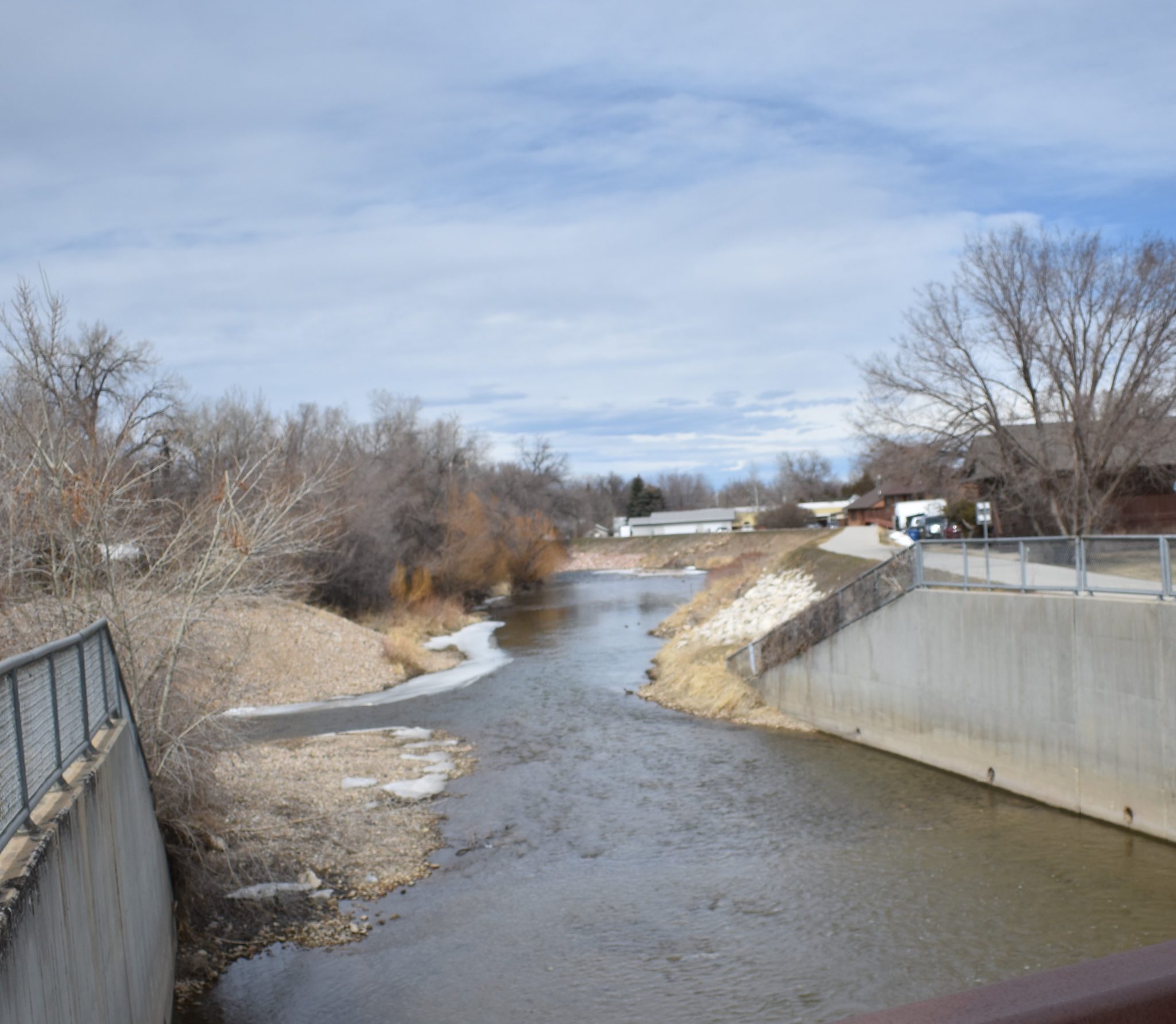
Carrie Edinger, SCLT, presented a video program at the Tongue River Valley Community Center in Dayton on Tuesday, March 15, about how the water in Big Goose Creek has been of great value to the Sheridan area. The video was narrated by Bill Yellowtail, and it explored the value of water in the Goose Creek Valley.
The Crow tribe of Indians lived and hunted in the area before and during the fur trade. The treaty of 1868 gave the Crow land on their traditional hunting grounds and they now live on a 2.2 million area reservation in Montana. The land was described by the Crow in this way:
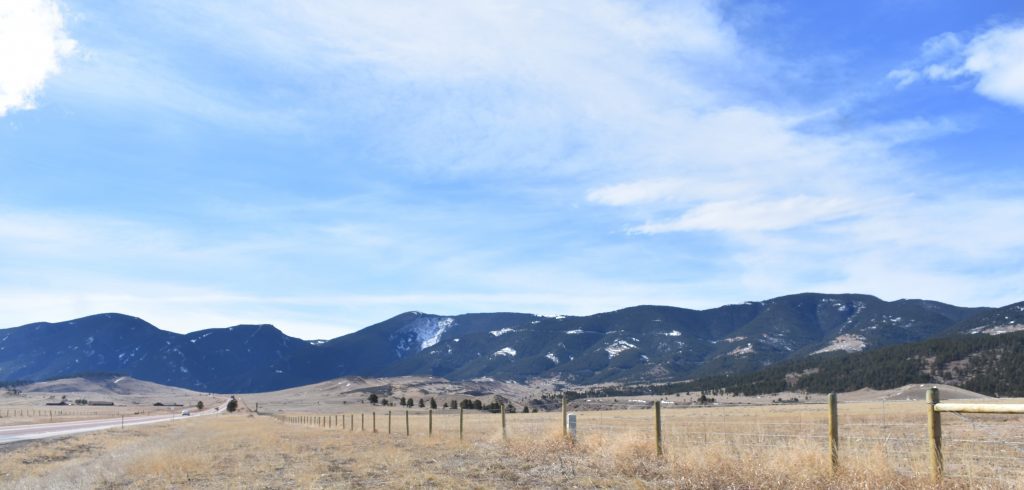
The first cabin in the valley was built by Dutch Henry, a beaver trapper who came from the Wind River Valley. He trapped beaver in the creeks and traded with the local Indian tribes.
From 1550 to 1850 beaver fur was much in demand for felt hats which were the fashion in Europe. After mid-1800s fur fell out of fashion, and fur trade era ended before the beaver were completely wiped out by the trappers.
The Henry cabin was built about 1873, near the end of the fur trade era, and not far from the junction of Big and Little Goose Creeks. It was constructed of cottonwood logs and had a sod roof. Dutch Henry and the Shoshone woman he lived with were probably the first year- around inhabitants of the valley. The cabin was abandoned in 1879.
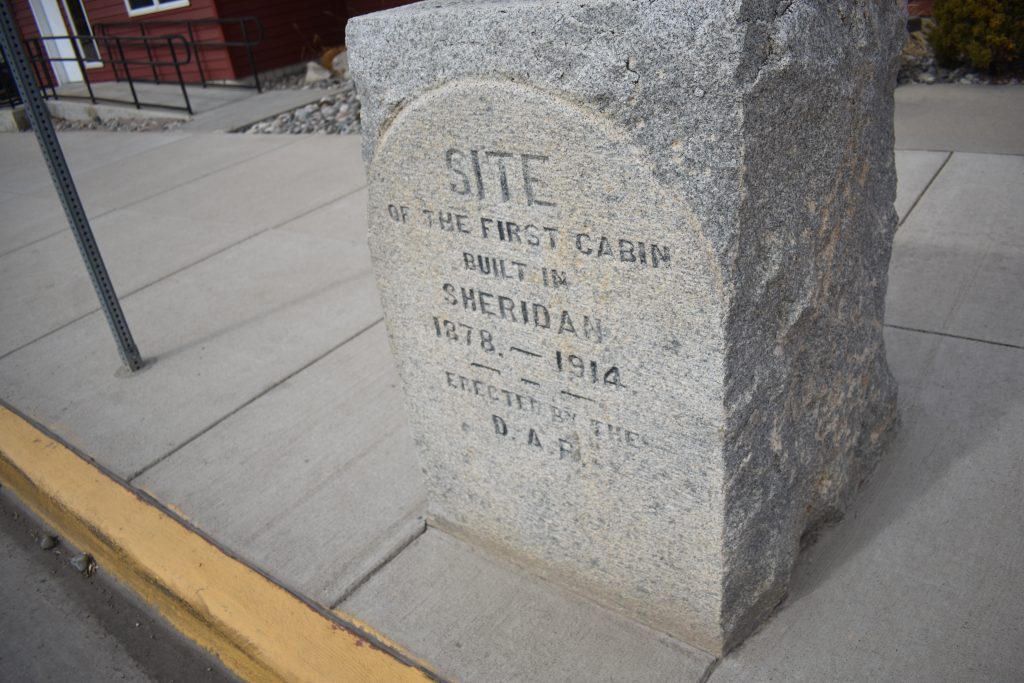
The Big and Little Goose Creeks were named by early settlers due to the fact there are a lot of wild geese in the area. The creeks have seen some changes over the years. In 1890, the Burlington and Missouri River railroad rerouted Little Goose Creek because it was easier to re-route the creek than to build bridges or trestles over them.
In 1960 Big Goose was re-routed to stop flooding in the Sheridan area. The worst flood was on Sept. 27, 1923. Heavy rains expanded creek banks, flooding Kendrick Park and much of Sheridan.
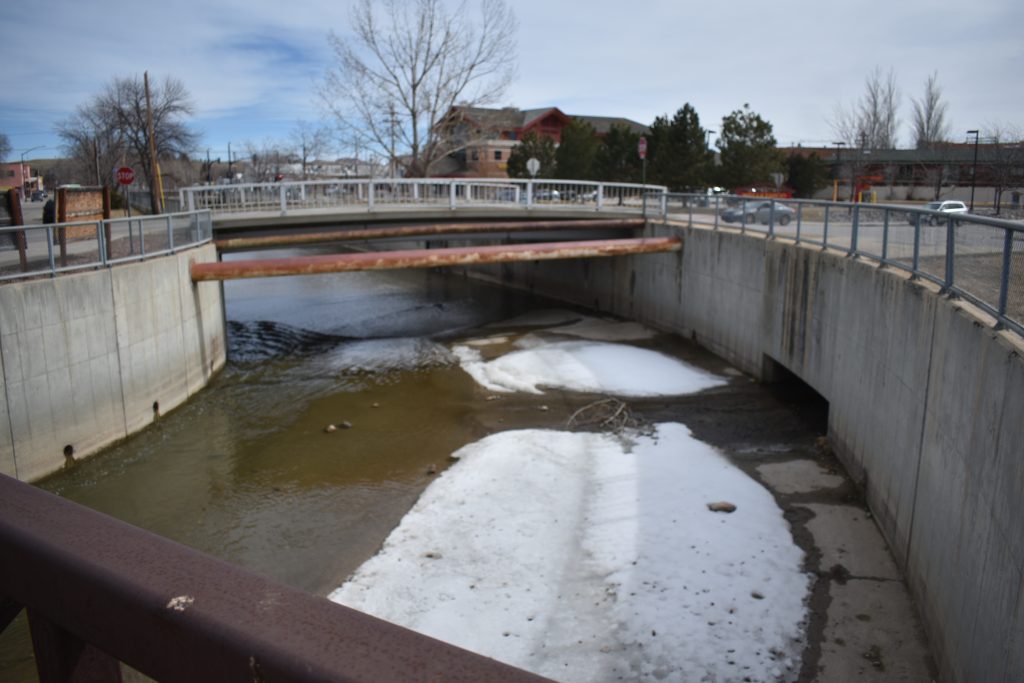
One flourishing business in Sheridan during the 1890s and early 1900s was a flour mill, built near where the YMCA now stands. The Sheridan Manufacturing Company Flour Mill used the water from the creek to run the machines that ground the grain into flour. It was built prior to 1896, soon after Sheridan was incorporated in 1884. At one time the company produced 25 barrels of White Swan and Shifted Snow Flour a day.
In 1915 the wood flour mill burned to the ground, and was replaced by a brick mill and powered by electricity. By 1947 the mill shut down completely.
In 1887, Sheridan Brewing company started, and through 1910-1922 it was one of the largest employers in Wyoming. Sheridan Brewery stood where Whitney Commons and the Hub parking lot are now.
The founders of the company were Peter Demple, who immigrated from Germany, George Paul and Arnold Tschirgi. Demple was a bootlegger and gold miner, who left Topeka, Kansas, because at the time that area was ‘dry’ or no alcohol. The partners started the brewery with $10,000 in gold bars that they shipped out from Kansas by rail and then brought to Sheridan via horse and wagon, not trusting The Cheyenne-Deadwood Stage as it was robbed several times.
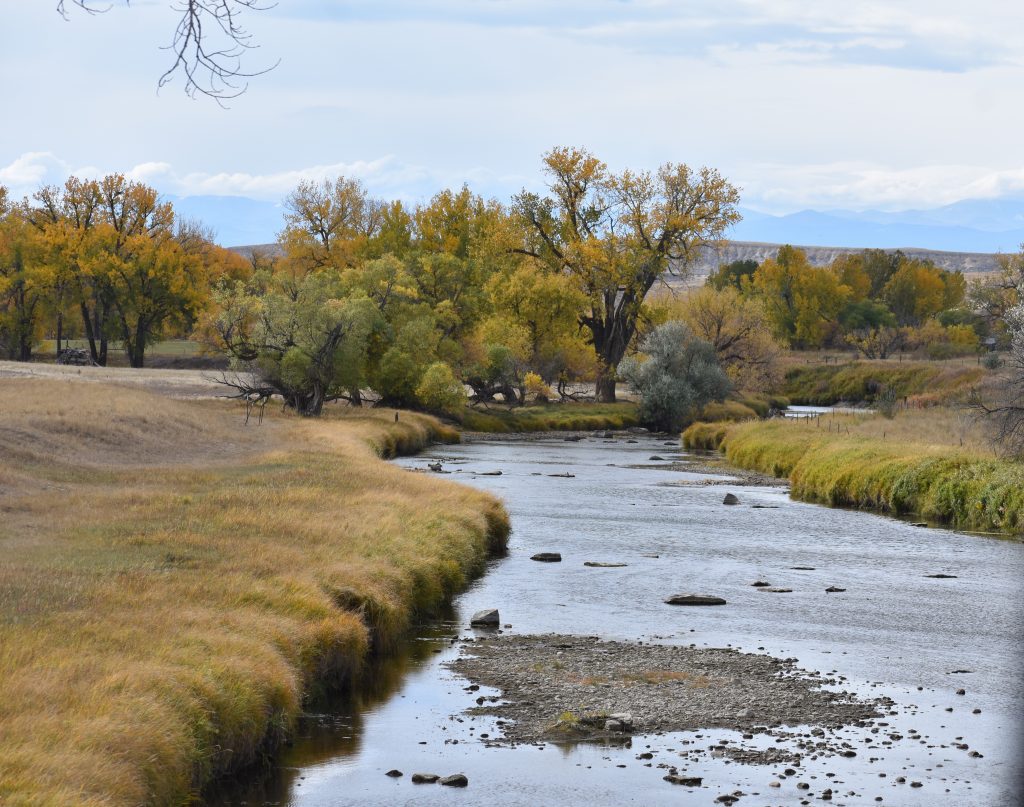
The brewers liked the fresh mountain water from Goose Creek, and used local grain for the beer. At one time they sold 60,000 barrels of beer annually around the region. It was a going concern for several years, and even during prohibition they continued to brew non-alcohol products. They also innovated the pop-top cans.
In 1954 the company stopped brewing beer and went into soft drinks and soon after they went out of business. The buildings stood for years in their original locations, until in the 1990s when they were torn down and Whitney Commons, named for Mr. Edward A. Whitney, was created as a city park, with walking paths and even a water feature for kids.
Whitney started the first bank in Sheridan and was co-founder of the Sheridan Land Company and the second mayor of Sheridan. He left his fortune to an education foundation which has enriched many lives. It was the first educational foundation in Wyoming.
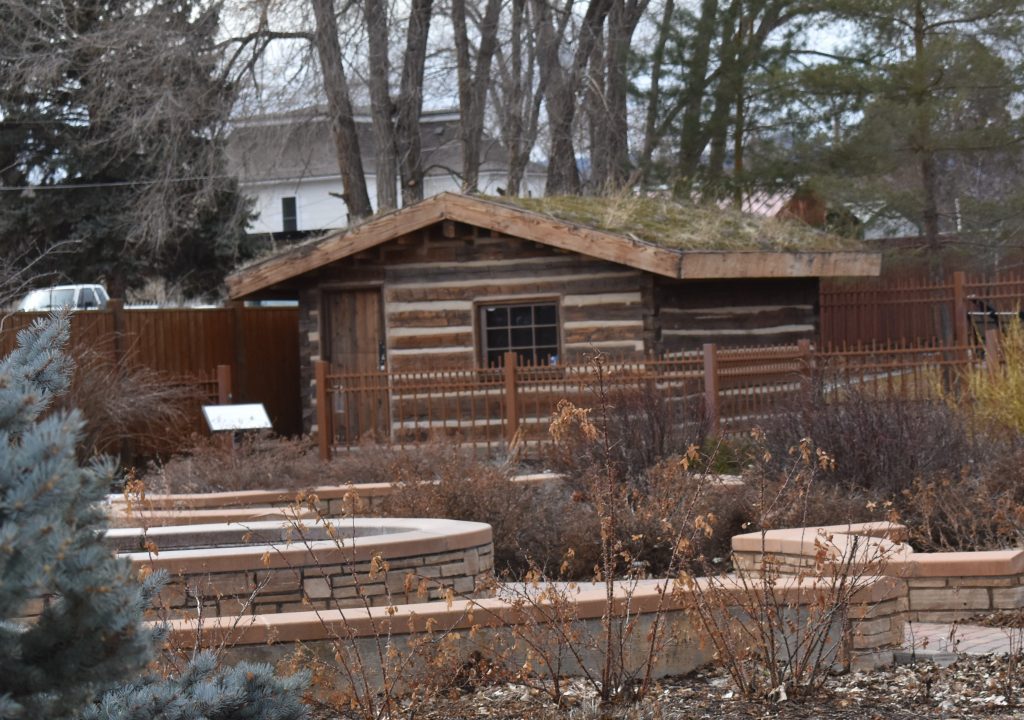
Inside the Whitney Commons stands the Mandel Cabin, Madel was a trapper who came to the area between 1878 and 1880. The cabin is a rough hewed log cabin with a sod roof, which was the second or third cabin to be built in Sheridan. In 1881 it was also the Mandel Post Office, and Sheridan was briefly known as Mandel. It is under preservation by the The National Society of The Colonial Dames of America in the State of Wyoming. The cabin has been moved from the original location to Whitney Commons.
The video ended with a talk about Kendrick Park, and the Goose Creek Buffalo Jump. Anyone wishing to explore the subject of the Goose Creeks in Sheridan can join the walking tour in April. Contact Carrie, SCLT Historical Program Manager, history@sheridanclt.org or 307-673-4702

